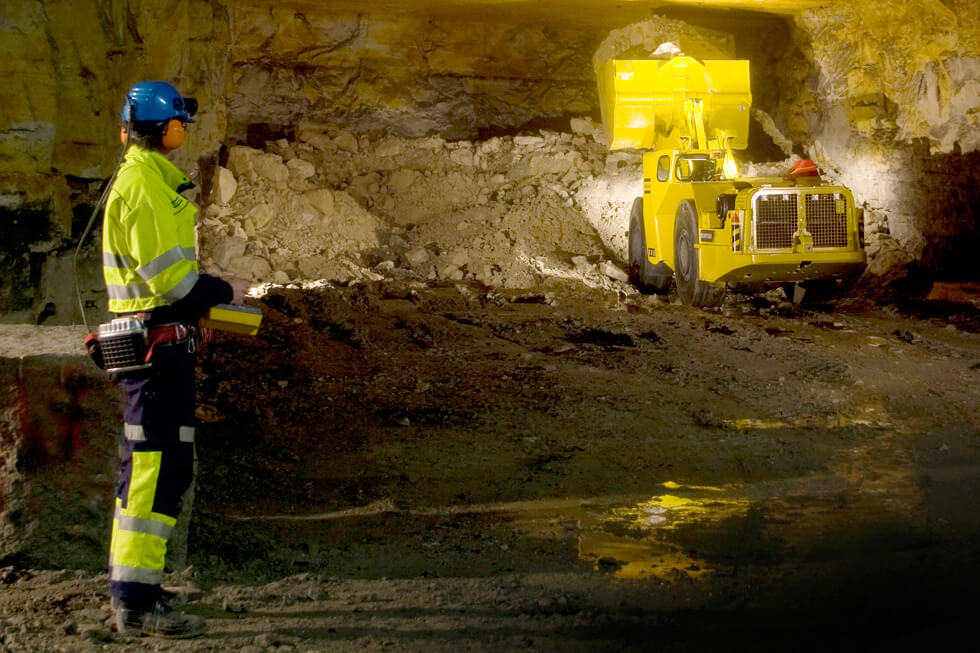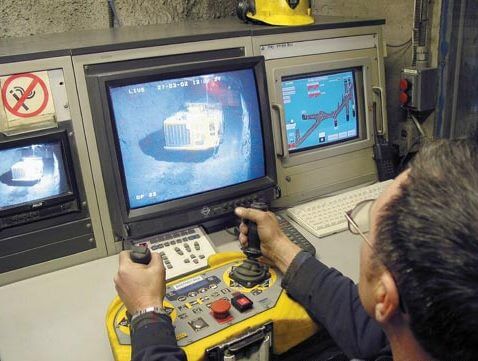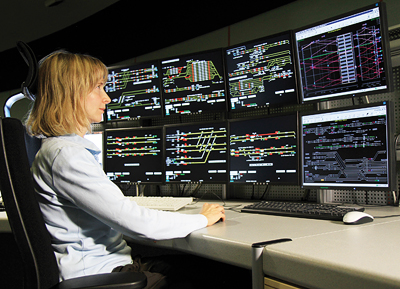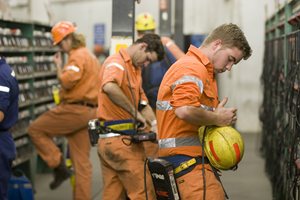Table of Contents
 After driverless trucks or loading vehicles roaming underground tunnels operating by themselves within a laser defined area, what’s next in the mining automation field?
After driverless trucks or loading vehicles roaming underground tunnels operating by themselves within a laser defined area, what’s next in the mining automation field?
According to Diego Areces, vice-president of mining solutions, minerals and metals at the company Schneider Electric, the next step is to change the reality of mining, trying to evolve and implement these technologies. Areces bets on the “full integration of Informational Technology and Operational Technology, more simple plug and play process and, most remarkably, augmented reality”, reports the website Mining Australia.
The expert says that the current predictions of a downturn in the mining industry aren’t exactly right.
The concept of a mining slowdown isn’t 100 percent correct, and in reality it is the way that companies are investing in mining that has changed, and as they are investing in a different way the levels of investment have changed which is forcing miners to invest in optimisation.
In the past miners focused simply on being the biggest of the lot, but now this has changed; they are focusing on being the best, the most efficient, the most optimised.
We don’t need to pull back now; we need to invest more into optimisation.
Diego Areces points out seven factors that must be the new focus for miners in this technological age.
The combination between information technology (IT) operations and operational technology (OT) will make automation technology and hardware easier to use and implement in existing processes.
2. Process optimisation
Along with the improvement of the automation’s role, this point is certainly going to ensure the general accuracy of the processes.
It’s essential to understand how automation is going to change almost every job role, as well as create new ones while reducing the need of certain types of professional.
4. Information and Communications Technology
A field of major importance for the mining industry, intimately linked with the IT/OT convergence and the plug-and-play model for miners.
 5. Remote control
5. Remote control
A great part of these new technologies imply some or total remote control of machines and trucks. However, this technique will open new possibilities and increase the mobility in mining.
6. Energy management
One of the most crucial aspects of mining has always been energy management and now that field gets even more important, with more machines operating.
Social license (SLO) is the acceptance of a mining company and its project within local communities. In order to obtain an SLO, the developers of a project must have good relations with all stakeholders, especially the local communities. But it’s important to introduce automation in this equation from now on. How will people react to driverless trucks, for instance?
Of these seven points, Areces says that mobility is the biggest game changer, allowing for remote control operation miners to access their site, modify or fix issues without having to be physically on the site. The machines will also provide a better opportunity to analyse data.
That being said, the vice president of Schneider Electric leaves a forecast about the mining industry:
It will be more pragmatic, as it moves to a more sustainable mining model and miners use sustainability as a yard stick to measure their operations.
We can expect more remote operations and greater mobility and this is even likely to spawn augmented reality in mining – where operators are replicating, remotely, the environment of the site for remote control operators so that they can get a better understanding of the conditions they are operating in, not just watching through a screen, but getting more layers on information (potentially through using something such as Google Glass) such as the humidity and temperature of the area, hardness of rocks, GPS, and other aspects that are currently not recorded or provided but directly affect operations.
People will no longer be in the mine as more processes become automated or tele-operated, and augmented reality will change the way we operate as tele-remote operators will be able to feel everything, with that additional layer of information, but without the safety risks of actually being in the mine.
Via miningaustralia.com.au



